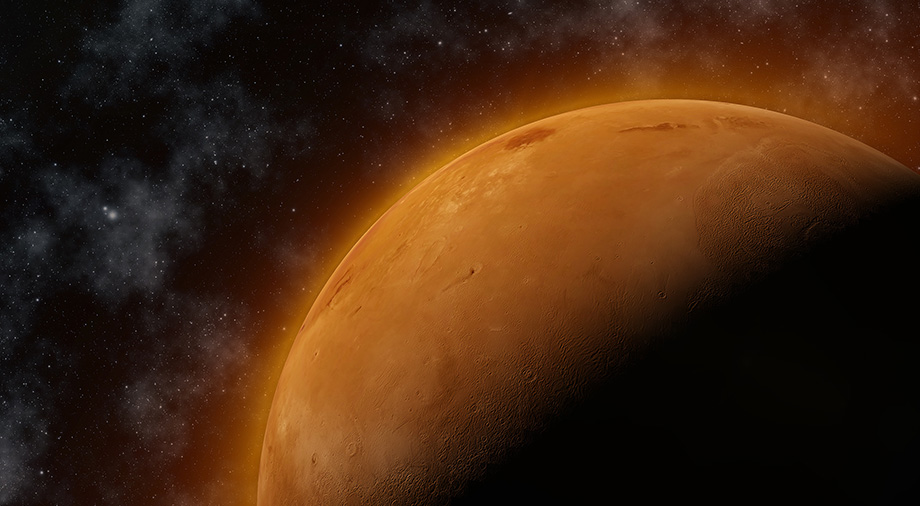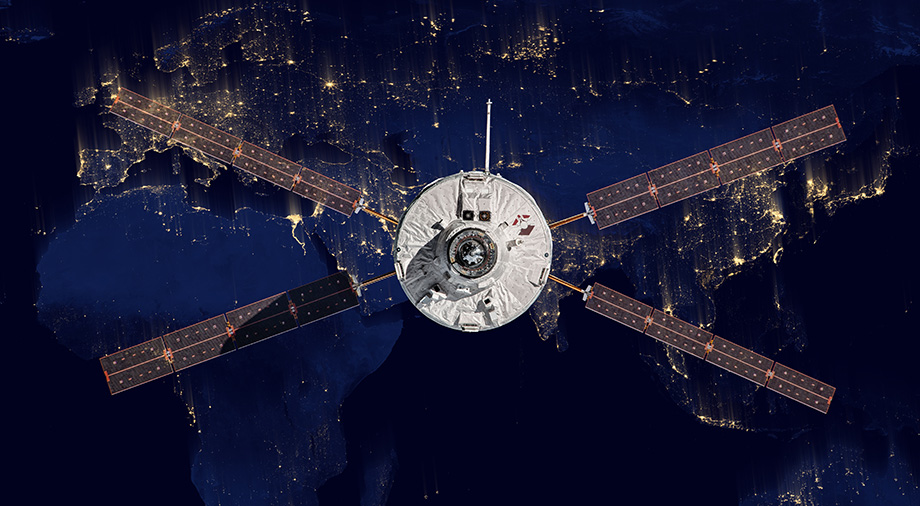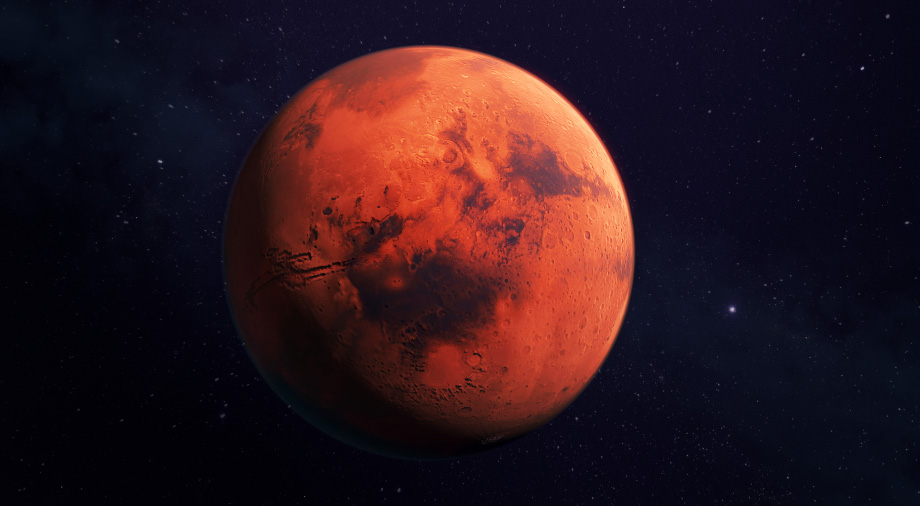2023 is coming to an end, so it’s time to look back and remember all the remarkable space achievements that took place this year. India’s arrival on the moon, Europe’s long-term Jupiter mission, the return of asteroid samples to Earth, the latest dark energy and matter telescopes, and even North Korean spy satellites – these are the types of events that defined humanity’s work in space during its most recent trip around the sun.
Satellite Earth Observation: Three Different Views
A number of interesting changes took place this year in the Earth observation sector. The year kicked off on January 3 with SpaceX’s Transporter-6 mission using a Falcon 9 rocket launched from the US Space Force Station at Cape Canaveral to successfully put the world’s first monitoring satellite for precision agriculture into orbit. The satellite, designated EOS SAT-1, was developed by EOS Data Analytics in cooperation with Dragonfly Aerospace.
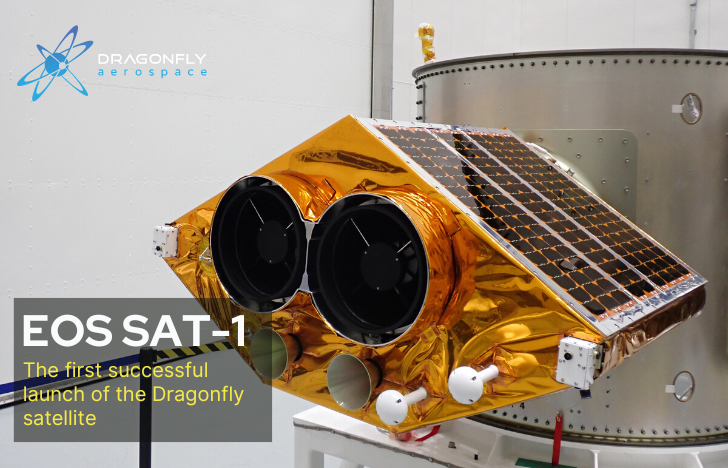
Monitoring satellites have become the main vector for the implementation of innovative solutions and approaches. EOS SAT-1 proves this – from orbit, the satellite monitors the state of plants and crops, forest lands, СО2 emissions, and the irregular use of pesticides and fertilizers. It is capable of multispectral imaging in 11 available ranges, which allows observers to obtain complete information about the condition of cultivated land. EOS SAT-1’s images are analyzed with the help of artificial intelligence systems – another cutting-edge solution from the company.
In addition to improving agricultural management, EOS Data Analytics is doing a great deal for Ukraine itself through the work of its domestic specialists in the project. The Ukrainian company SETS (Space Electric Thruster Systems) is developing the ST-25 electrical thruster for adjusting satellites’ orbital positions, built using 3D printing by Dnipro-based Flight Control Propulsion.

Since EOS SAT-1 is designed to monitor agricultural land, it is located in a solar synchronous orbit. The features of this orbit allow the satellite’s two DragonEye optical cameras to always point to the sunny side of the Earth. The daily coverage area of EOS SAT-1 reaches 1 million square km. The company currently has plans to put six more monitoring satellites into orbit by 2025, which will cover a total area of over 12 million square km.
By the way, the Transporter-6 mission in January launched not only EOS SAT-1 into orbit, but also another 114 payloads. Among them were three satellites from the Finnish ICEYE. The company’s January launch didn’t go entirely as hoped, with one of its three monitoring satellites collapsing during deployment. However, the company made up for this loss during subsequent space launches this year: in June and November, ICEYE placed eight more observation satellites into orbit (four in each launch). In total, the Finnish company plans to expand its constellation to 18 probes.
ICEYE satellites differ from EOS SAT-1 not only in their mission, but also in their technology. The EOS agricultural satellites shoot in the optical range, while the Finnish ones use synthetic aperture radar (SAR). This technology allows observation in the radio range, regardless of the direction of the light rays. In this way, SAR can conduct observations at any time of the day and under any weather conditions, as radio rays pass easily through environments where light cannot. The number of SAR satellites over an area of interest also provides a greater number of planes, increasing the level of general awareness of the landscape of the area.
The company is well known to Ukrainians, as the services of one of its newest surveillance satellites were purchased by Ukraine to use for intelligence collection against the Russian invasion. The deal took place with the direct support of Max Polyakov, the founder of the Noosphere holding. Amazingly, by a twist of fate, the Finnish ICEYE satellite is now also helping to protect the Ukrainian grain that EOS Data Analytics is so eager to help grow. This is a shining example of international solidarity in the space industry.

Photo: ICEYE
At the other end of the world, things are completely different in terms of using satellite Earth observation resources. On November 21, according to Japan and South Korea, North Korea made its third attempt this year to launch its first spy satellite into orbit for round-the-clock monitoring of the Korean Peninsula.
Video of the launch of Malligyong-1 on November 21, 2023
The DPRK calls the launch of its Malligyong-1 spy satellite an exercise of “the legal right to strengthen our own capabilities for self-defense.” Of course, nobody in the world who is paying attention has any illusions about the defensive purpose of this spacecraft.
The experience of launching these three types of surveillance satellites is very revealing. While a Ukrainian company is promoting the cultivation of grain, and a Finnish one can provide access to hypersensitive observations of the landscape in the radio spectrum, the North Koreans are developing their probes for espionage and potentially military use. These are three different views on a single technology.
In addition, it is very interesting to look at the numbers here. In terms of speed and number of devices deployed in orbit, two young private satellite companies exceed the entire production “potential” of the entirety of North Korea. Of course, this is also thanks to the rocket capabilities of the United States, because this year the American private sector alone accounted for the lion’s share of rocket launches, of which SpaceX directly conducted 92 (referring only to launches with the Falcon 9 and Falcon Heavy as of December 20, 2023). In general, the year 2023 was already marked by a new record for the frequency of rocket launches. There have already been 211 of them by the middle of December.
Presence on the moon: three different attempts
Interest in the moon was also a major theme for space companies in 2023. This year, there were three contenders in the lunar race who aimed to make a soft landing on the Earth’s satellite. Not all of them were successful.
The Indian Space Research Organization (ISRO) was the first to try, launching its third lunar mission, Chandrayaan-3, which launched on July 14, 2023, on an Indian LVM-3 three-stage medium-lift rocket from the Satisha Dhavana Space Center.
Chandrayaan-3 was supposed to achieve the goals that Chandrayaan-2 had failed to achieve four years earlier — entering lunar orbit, landing the Vikram probe on the Moon’s surface, and deploying the Pragyan robotic rover. The Chandrayaan-3 lunar mission is also interesting in that its lander headed to the most southern ever landing zone on the moon.
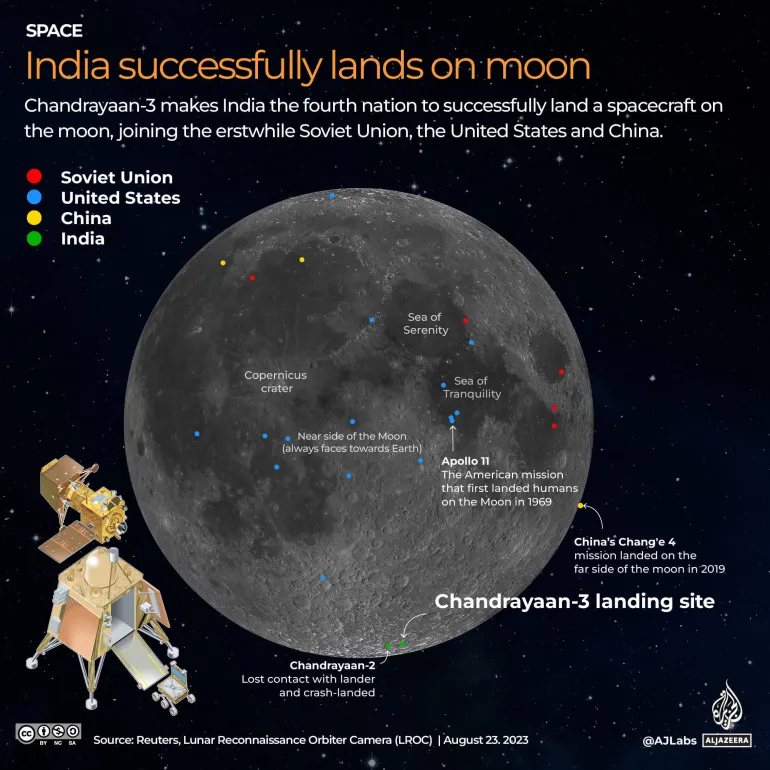
Source:Al Jazeera, @AJLabs
Due to the peculiarities of its selected launch trajectory, Chandrayaan-3 took almost 21 days to reach the Moon. The spacecraft entered its planned orbit on August 5, 2023, and its Vikram lander successfully touched down on the lunar surface on August 23, making India the fourth country in the world to perform a soft landing on the lunar surface.

Source: ISRO
After Vikram successfully completed its moon landing, ISRO’s space mission team determined that the module still had over 100 kg of fuel that could be used to propel the probe into a high-Earth orbit. The attempt to return Chandrayaan-3 to Earth’s orbit was not announced by ISRO in advance and took place in several stages, which lasted from October 9 to November 22. During this time, the probe performed a series of orbital maneuvers that helped it leave the orbit of the Moon and head towards our planet. When Chandrayaan-3 made its first perigee to a remote Earth orbit (154,000 km from Earth) on November 22, ISRO released information about this unexpected flight, saying that India now has a proven mechanism for delivering lunar samples to Earth during future landings (according to preliminary plans, Chandrayaan-4 should be launched no earlier than 2026).
Before ISRO’s successful mission, Roskosmos tried to beat them to the punch, but rather comically unsuccessfully. Launched on August 10, 2023 on a Soyuz 2.1b rocket, the Russian Luna-25 landing module left orbit and crashed on the lunar surface. According to Roscosmos plans, the probe was supposed to go on an ultra-short lunar trajectory, reaching the surface of the satellite already on August 19, four days before the scheduled landing of the Indian Vikram.
The Luna-25 project had been under development in Russia since 1997. The renewed evil empire wanted to revive the lunar legacy of the Soviet program, whose last lunar mission, Luna-24, took place in the mid-1970s. Russia’s space program dreamed of revisiting these ghosts of the past, but the dreams had nothing to do with reality. On August 19, communication with the landing module was interrupted. After a short, exhausted pause, Roscosmos announced the loss of the spacecraft. The wreckage of Luna-25 remains somewhere on the Moon, summarizing the 27 years wasted by the Russians.
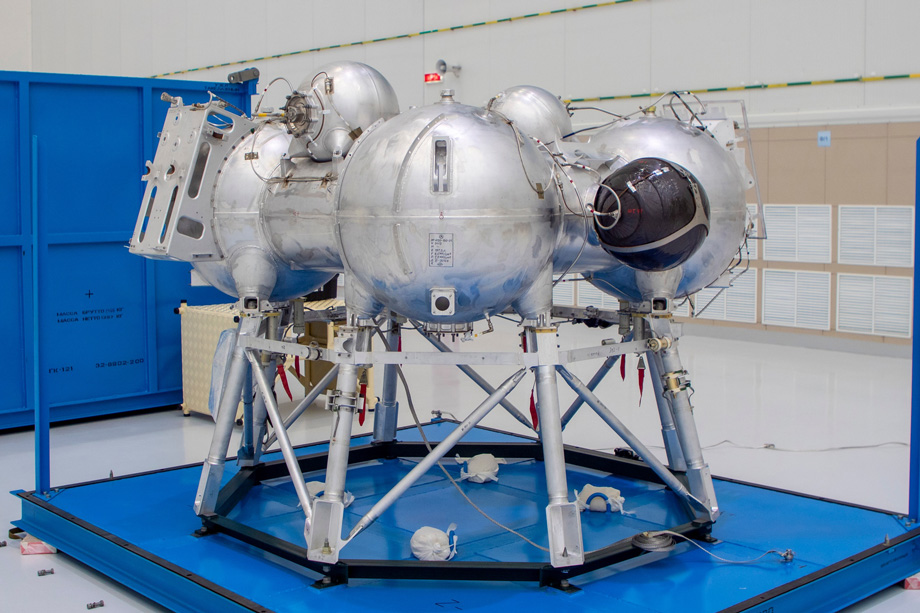
The Japanese aerospace research agency JAXA also tried to conquer the lunar surface in September. However, unlike the first two candidates, Japan followed a more characteristic, measured path of development.
The SLIM (Smart Lander for Investigating the Moon) was launched aboard a H-IIA F47 launch vehicle from the Tanegashima Space Center on the morning of September 7, 2023 (Japan Standard Time, JST). Along with the lunar module, the rocket launched a state-of-the-art X-Ray Imaging and Spectroscopy Mission (XRISM) observatory into lunar orbit, which JAXA had developed in cooperation with NASA. XRISM is designed for the study of the structural formation of the universe, the study of cosmic plasma, and the search for dark matter and dark energy. Currently, both spacecraft are on their way to a transitional lunar orbit, having successfully completed an orbit correction maneuver on October 1. According to the preliminary plan, SLIM should make a landing in the area of the crater Shioli by March 2024.

Image: JAXA/ESA
Interest from both countries and private companies in developing a presence on the Moon grew throughout 2023. This was shown quite clearly by the increase in participants in the American lunar exploration initiative, the Artemis Accords (AA). This year alone, the number of signatories increased by almost 30%. Czechia, Spain, Ecuador, India, Germany, the Netherlands, Iceland, Bulgaria, and Angola joined the AA, bringing the number of member countries to 33. The US seeks to improve some of the provisions of the Outer Space Treaty (OST) regarding the regulation of countries’ activities as humanity’s presence on the Moon and other celestial bodies increases. The main provisions relate to the establishment of registration of space vehicles and the legal regulation of the extraction of extraterrestrial resources.
As soon as the Artemis Accords were written, they drew criticism from the People’s Republic of China. Beijing has also created a number of regulations around its own project for the future construction of an International Lunar Research Station (ILRS), as well as international institutions to strengthen their legal force. The Chinese alternative to AA is gradually being supplemented by new participating countries joining the project of construction and further operation of the station. Currently, this list includes the PRC, Venezuela, Pakistan, the UAE, South Africa, Azerbaijan, the Russian Federation, and Belarus, as well as the Asia-Pacific Space Cooperation Organization (APSCO).
In order to achieve the goal of conquering the moon, the PRC is making a big bet on modernizing its rocket fleet. On July 12 this year, the world’s first methane-fueled rocket (a mixture of liquid methane and liquid oxygen) – the Zhuque-2 – reached orbit on its second attempt. This new, cheaper, and more accessible fuel option could give rockets the power they need to deliver large volumes of payloads to the moon, which would be needed for the construction of lunar bases and research stations.
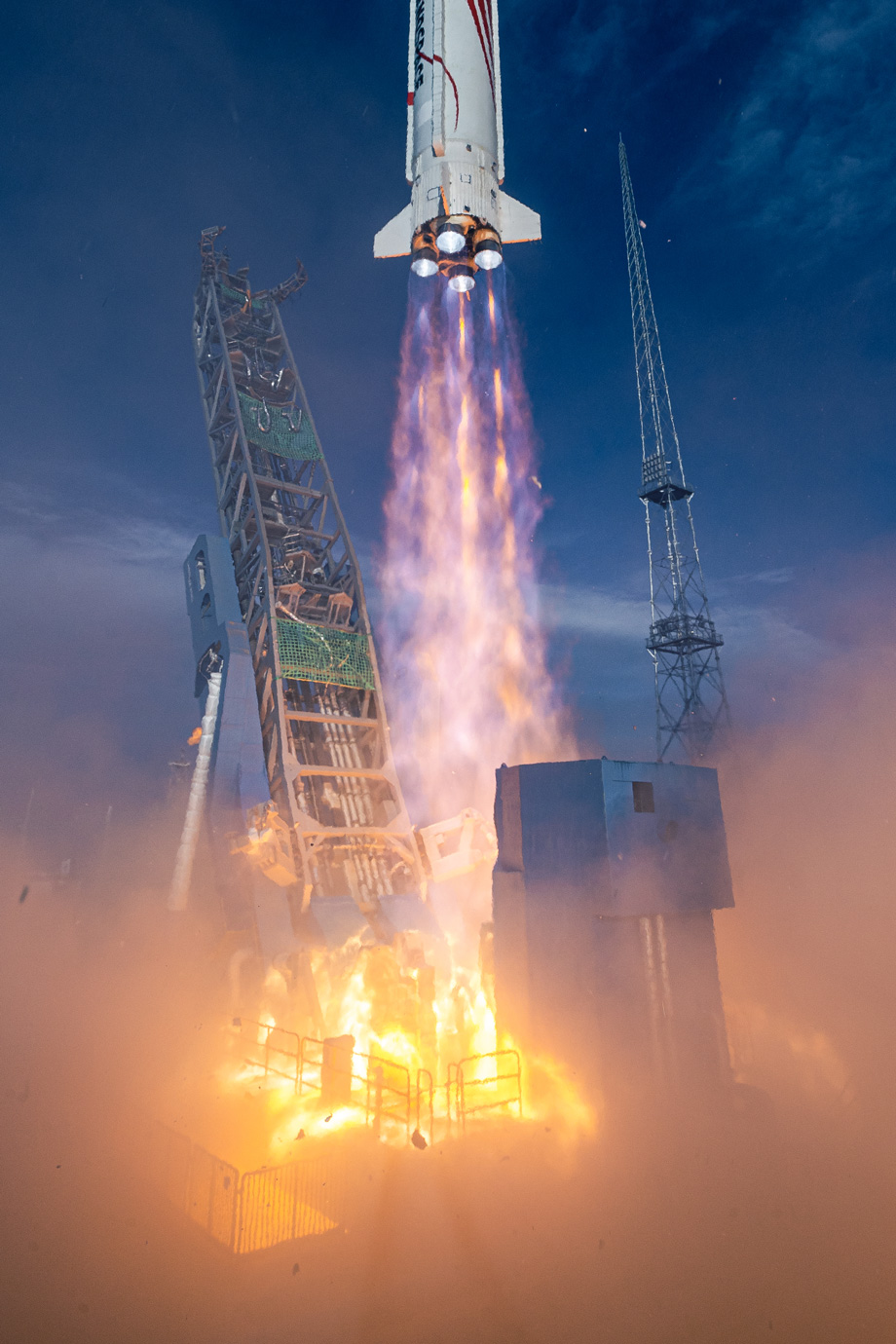
Source: LandSpace
The American SpaceX is also preparing for a race to the moon. In the second half of the year, the company conducted two launches of its Starship/Superheavy rocket. And while its first launch on April 20 immediately encountered problems (not all of its 33 Raptor engines started and the rocket soon entered an uncontrollable spin), the second test flight on November 18 went much better. That time, the Starship/Superheavy successfully demonstrated the separation of its two stages, but then lost the Starship spacecraft. This happened 8.03 minutes into the mission, when the ship was at an altitude of 148 km and flying at a speed of 24,122 km/h.
Recall that NASA chose the Starship/Superheavy rocket to achieve all the goals of the Artemis lunar program. Starship is also involved in the Human Landing System (HLS), the part of the Artemis program which is set to deliver people back to the Moon.
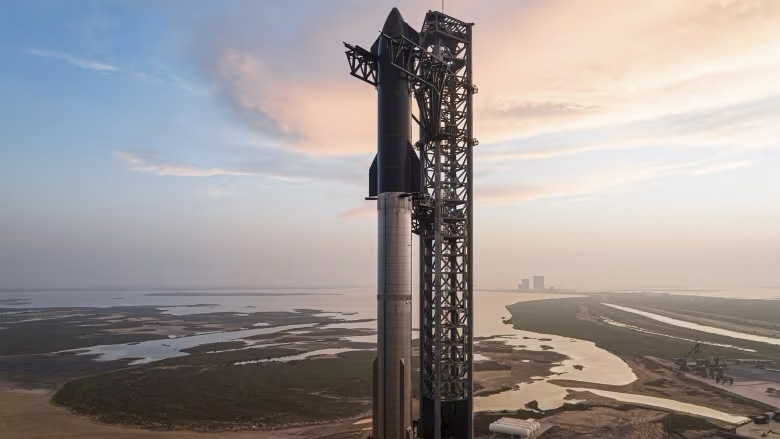
Photo: SpaceX
On the Moon, as well as on Earth, there is a growing level of strategic rivalry, which is already unfolding in full force in Earth’s orbit. None of the sides involved have any illusions about the intensity of this confrontation. On November 14, 2023, the US-China Economic and Security Review Commission presented its annual report.The 741-page document describes the main challenges of the future confrontation between the United States and the People’s Republic of China, paying particularly close attention to the space race. The report concludes that this tense model of tense relations may become the “new norm” for the US, including for activity on the moon.
The solar system and deep space: three vectors of development
This year, the only space domain in which political contradictions were not clearly visible was in missions to explore the solar system and deep space. Attention was mainly focused on the three leading vectors of development of research activities in this direction: the return of asteroid samples, the study of other planet systems within the Solar System, and the observation of space with the help of new detectors and observatories.
NASA achieved the greatest success in regards to collecting and returning asteroid samples. Its seven-year mission to deliver soil from the asteroid Bennu was completed in September by the space agency’s OSIRIS-REx probe. The spacecraft used the TAGSAM (Touch-And-Go Sample Acquisition Mechanism) robot for sampling during a 5-second point contact with the surface of the asteroid in December 2018.
The mission was planned to collect at least 60 g of dust and rocks from the asteroid in the material collection container, but NASA has indicated that the probe achieved an even more bountiful harvest. A few days after the parachute landing of the OSIRIS-REx on September 24 in Utah, the space agency reported that more than 70.3 g of dust and rock from Bennu have been removed from the robot’s receptacle. NASA later noted that this is one of the most carbon-enriched rock samples ever delivered to Earth
However, the container where the specially collected asteroid particles are stored ended up being jammed shut due to problems with two of its 35 fasteners. Despite temporary difficulties retrieving the samples the US became the first country to carry out a mission to deliver rocks and dust from an asteroid to Earth.
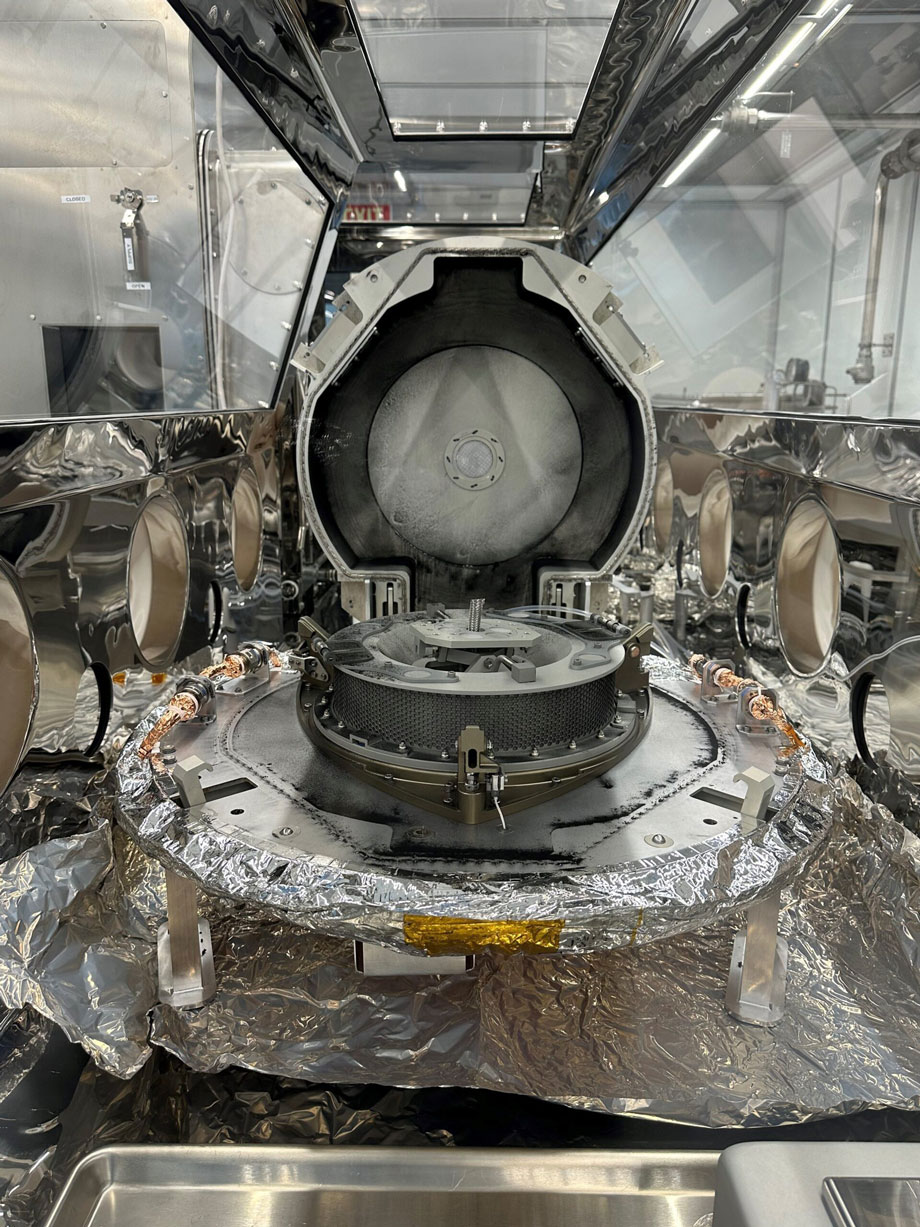
Source: NASA/Robert Markowiz
Without waiting for the opening of the main unit of the OSIRIS-REx capsule, NASA launched another mission to study an asteroid on October 13. This time, the spacecraft headed for a meeting with the nickel-metal giant Psyche 16 (weight 2.27⋅1019kg), the largest M-type asteroid in the Solar System.
The Psyche probe is equipped with four scientific instruments: a PM magnetometer, gamma and neutron spectrometers, a multispectral camera, and an optical laser communication module — an innovative NASA technology for transmitting data over cosmic distances using light. According to preliminary calculations, the probe should approach the Psyche 16 asteroid as early as 2029, with a possible delay until 2030.
This year also saw the launch of the most expensive space mission in the history of the European Space Agency (ESA), the Jupiter Icy Moons Experiment (JUICE). Like NASA’s Psyche, JUICE’s journey won’t be a short one as it will take eight years for the vehicle to settle into orbit. This will help it fly past Callisto, Ganymede, and Europa in quick succession, as well as explore Jupiter’s three smaller Galilean moons. The launch of JUICE was also the penultimate launch for the Ariane 5 rocket, which finally stopped its flights later this year. It is waiting for its replacement in the form of Ariane 6, which successfully tested its main engines at the end of November.
ESA recently released The Making of JUICE, which demonstrates how the Jupiter space probe was constructed
This year, ESA also made progress in deploying new detectors to explore the universe and search for dark energy and dark matter. The Euclide mission uses a wide-angle space telescope with a 600-megapixel camera for recording visible light. The European probe is also equipped with a near-infrared spectrometer and a photometer for determining the redshift of observed galaxies.
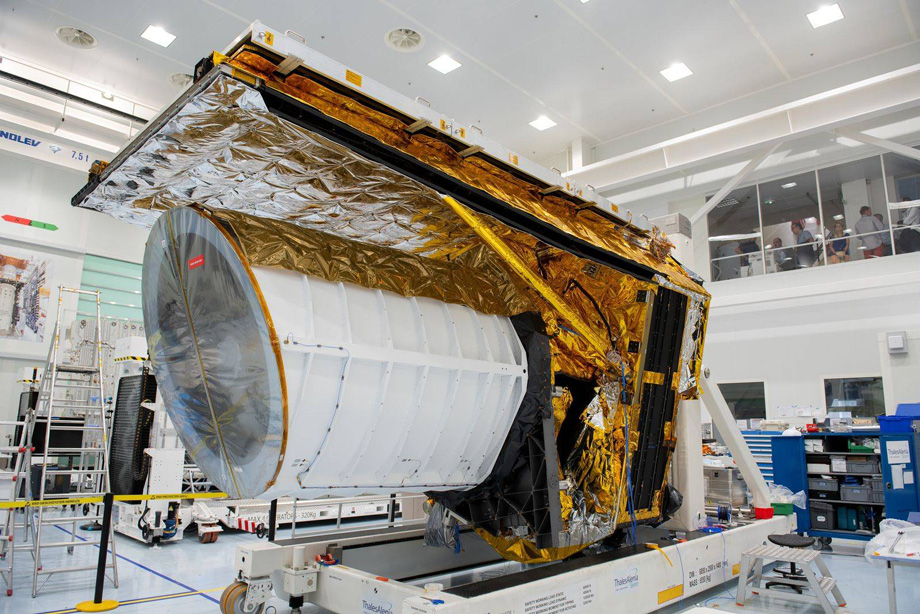
Photo: euclid-ec.org
ESA hopes that the instruments installed on the Euclide space observatory will help to better understand the process of how dark energy and dark matter are formed by making precise measurements of the speed at which our universe is accelerating, because this is what dark matter and energy are responsible for. In early November, ESA published a fascinating video with the first images taken by the telescope’s 600-megapixel camera.
This year’s ESA successes also include the demonstration of its ADEO deorbiter technology, which took place on January 27. This is a new spacecraft which Europe proposes to use to remove debris from space debris from orbit — another huge modern challenge.
The events mentioned above describe well the main trends with which the space sector is currently moving. A greater level of competition, along with new international partnerships and alliances, is clearly driving the development of the entire space industry. This pattern is set to remain for the foreseeable future, so next year we are sure to see the first large missions to deliver payloads to the Moon (especially under NASA’s Commercial Lunar Payload Services program), as well as the launch of a new family of western methane rockets, which are expected to be able to compete with those from China.


